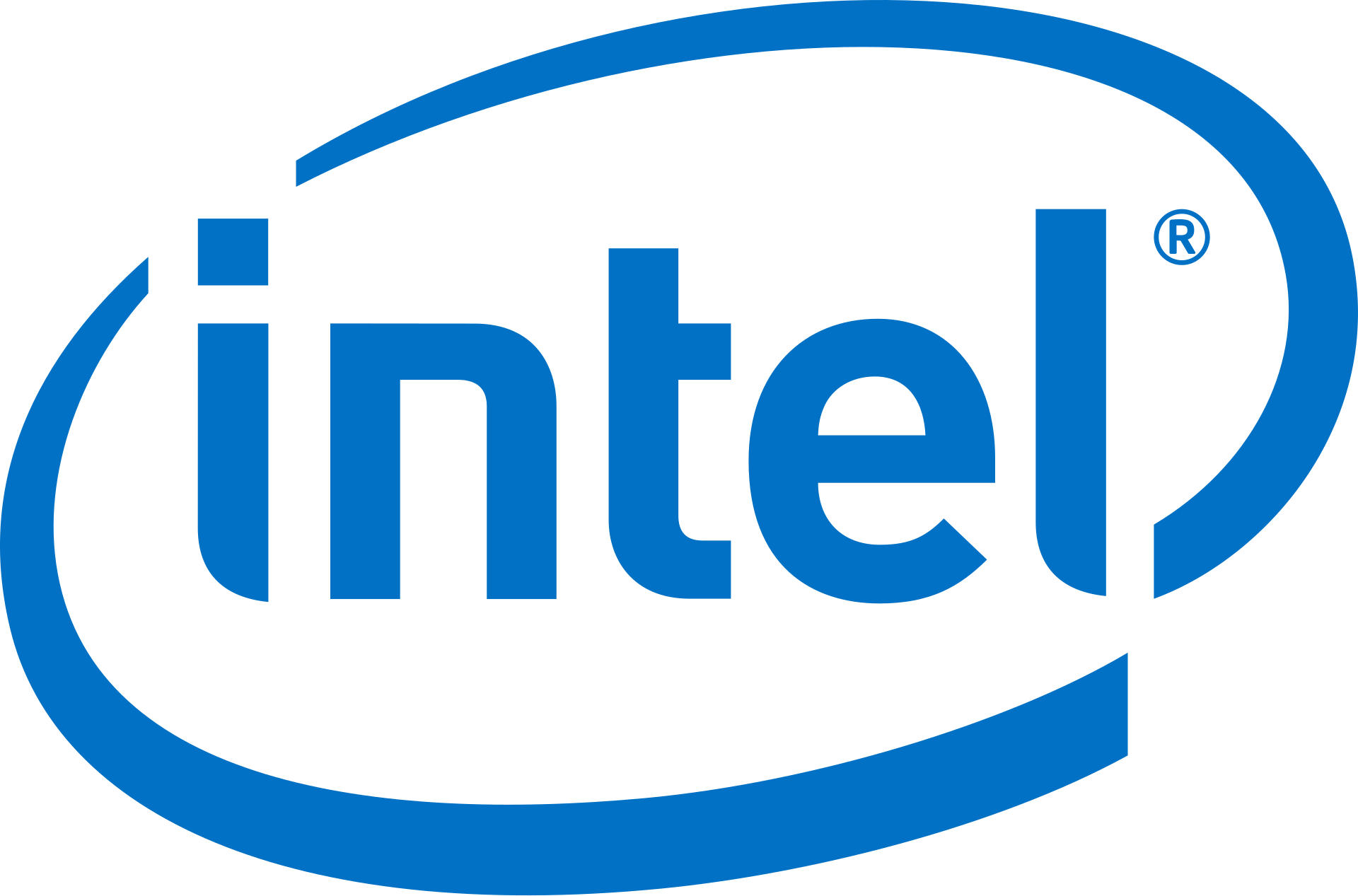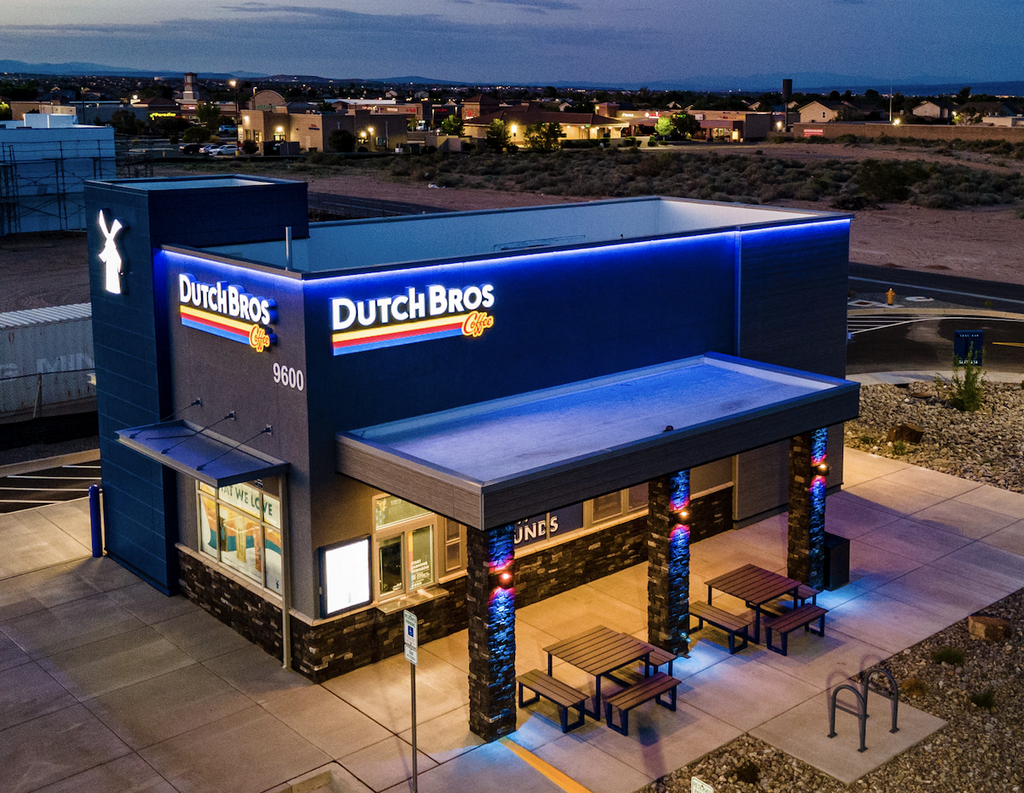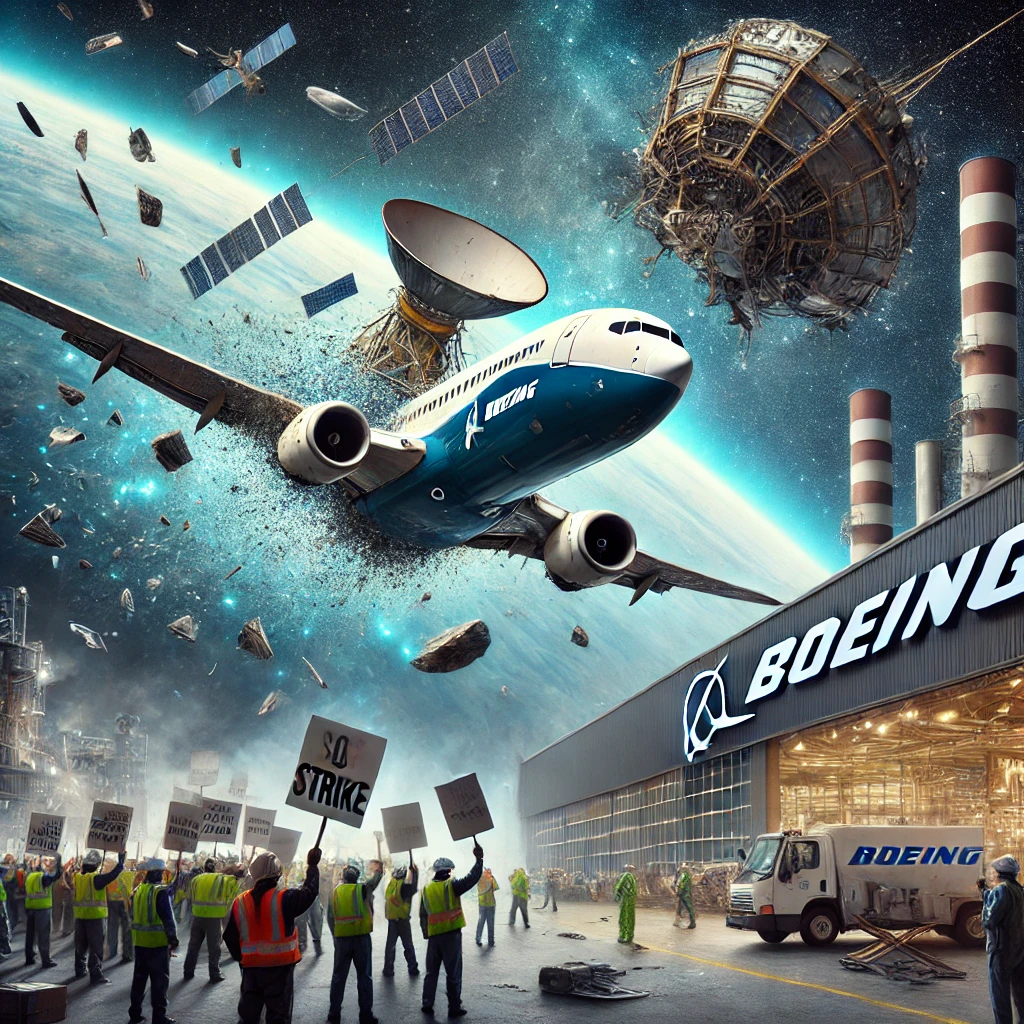
Tough Year for Intel
Intel has had a difficult year, with its stock dropping by more than 56% so far. In August alone, shares fell by over 28%, despite a sudden 9% increase on the last day of the month. This jump happened because of news that Intel might be planning some major changes.
Rumors suggest that Intel is considering splitting its product design and manufacturing businesses. There’s also talk of possibly canceling some factory projects. These ideas come as Intel faces one of the toughest times in its 56-year history.
Intel’s sales have been falling, and costs have been rising as the company tries to fix its manufacturing issues. On August 1, the company reported bad earnings, leading to more drastic actions, including laying off 15% of its workers and suspending its dividend payments.
The Market Reacts
After the earnings report, Intel’s stock dropped by 26% in just one day. The company also sold its shares in Arm Holdings, a major chip design company, as part of its efforts to manage its financial troubles.
Intel’s stock performance has been one of the worst in the market. It’s the biggest loser in the Dow Jones Industrial Average this year and among the worst in the S&P 500.
Intel’s Past Success
Intel was once a giant in the tech world. Founded in 1968, it played a key role in the development of personal computers, teaming up with Microsoft to power nearly all non-Apple PCs in the 1980s and 1990s. This partnership was known as “Wintel.”
Andy Grove, Intel’s former CEO, was known for his sharp instincts and belief in staying flexible to adapt to changes in the tech world. However, after his retirement, Intel missed out on two major trends: the rise of mobile phones and the development of artificial intelligence.
New Challenges
Today, Intel still designs and manufactures its own chips, unlike most of its competitors who outsource manufacturing. Current CEO Pat Gelsinger is focused on building Intel’s manufacturing capabilities, aiming to make it the second-largest chip manufacturer by 2030.
Despite Gelsinger’s vision and support from investors and government funding, progress has been slow. Intel plans to sell $500 million worth of its AI chips this year, but this is small compared to Nvidia, which sells $20 billion worth of chips every quarter.
Intel’s future remains uncertain as it tries to navigate these challenges. The company’s ability to adapt and innovate will be crucial if it wants to reclaim its former position as a leader in the tech industry.






